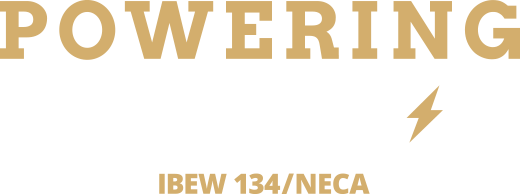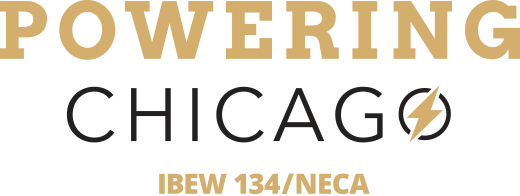A new report shows just how much Chicago’s Loop is booming
- Posted: May 21, 2019
- better construction, Chicago Construction Market
The report, “State of the Chicago Loop: 2018 Economic Profile,” was conducted by Chicago-based Goodman Williams Group and released today. It aims to tell a larger story about where the Loop fits into Chicago as a whole and examines how the Loop has fared amid the growth and transformation in other central areas, including the West Loop, South Loop and River North. Since the latest study is an update to similar studies released by Chicago Loop Alliance in 2011 and 2013, it attempts to highlight how the Loop has changed over the past decade.
“We believe it’s important for the business community to know where the Loop stands and where the Loop appears to be going,” Chicago Loop Alliance President and CEO Michael Edwards said in a statement.
“As a business owner in the service industry, it’s crucial to understand what your clients are looking for and what they need and this report backs that up,” he said. “You know, you’ve seen continued growth and you’ve seen demand. The loop offers such a dynamic area for a diverse amount of people.”
But as residential and commercial occupancy grows, so do concerns over the Loop’s affordable housing stock, or lack thereof. Chicago Rehab Network executive director Kevin Jackson says the Loop is unaffordable for many residents and the gap between affordable rental supply and demand is increasing across the city.
“Chicago’s Loop and its booming residential sector is obviously important news for the city,” he said. “That vibrancy in one area of the city, however, masks housing challenges in other areas that must be addressed for an equitable and thriving city.”
LOOP EMPLOYMENT
In recent years, employment in the Loop has continued to see growth, with much of it driven by office relocations from the suburbs. Since 2013, 19 companies have moved from the suburbs to the Loop, according to the report.
Creamer says some of those workers who previously worked in the suburbs may have moved to the Loop when their companies relocated there, especially given all of the residential growth.
The Loop outpaces the city as a whole and the metro area when it comes to growth in private-sector jobs. The number of private-sector jobs in the Loop has increase by 23.5 percent since 2010 and the Loop now holds 28.4 percent of all private-sector jobs in Chicago, according to the report.
Office vacancy in the Loop has fallen from 17 percent in 2010 to 13.2 percent in 2018. But the retail vacancy rate in the Loop has risen to 12.1 percent from 10.8 percent in 2013, the report found.

